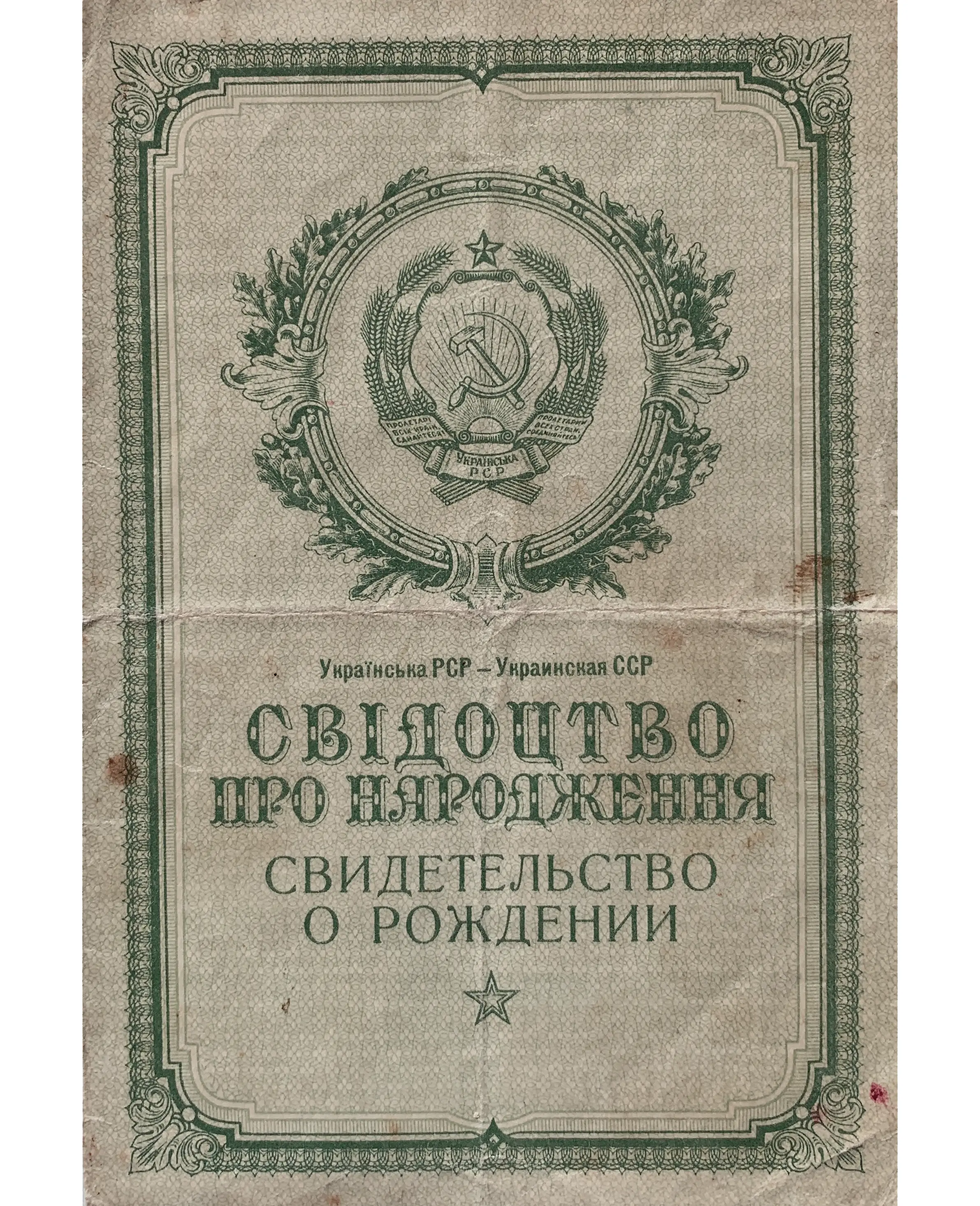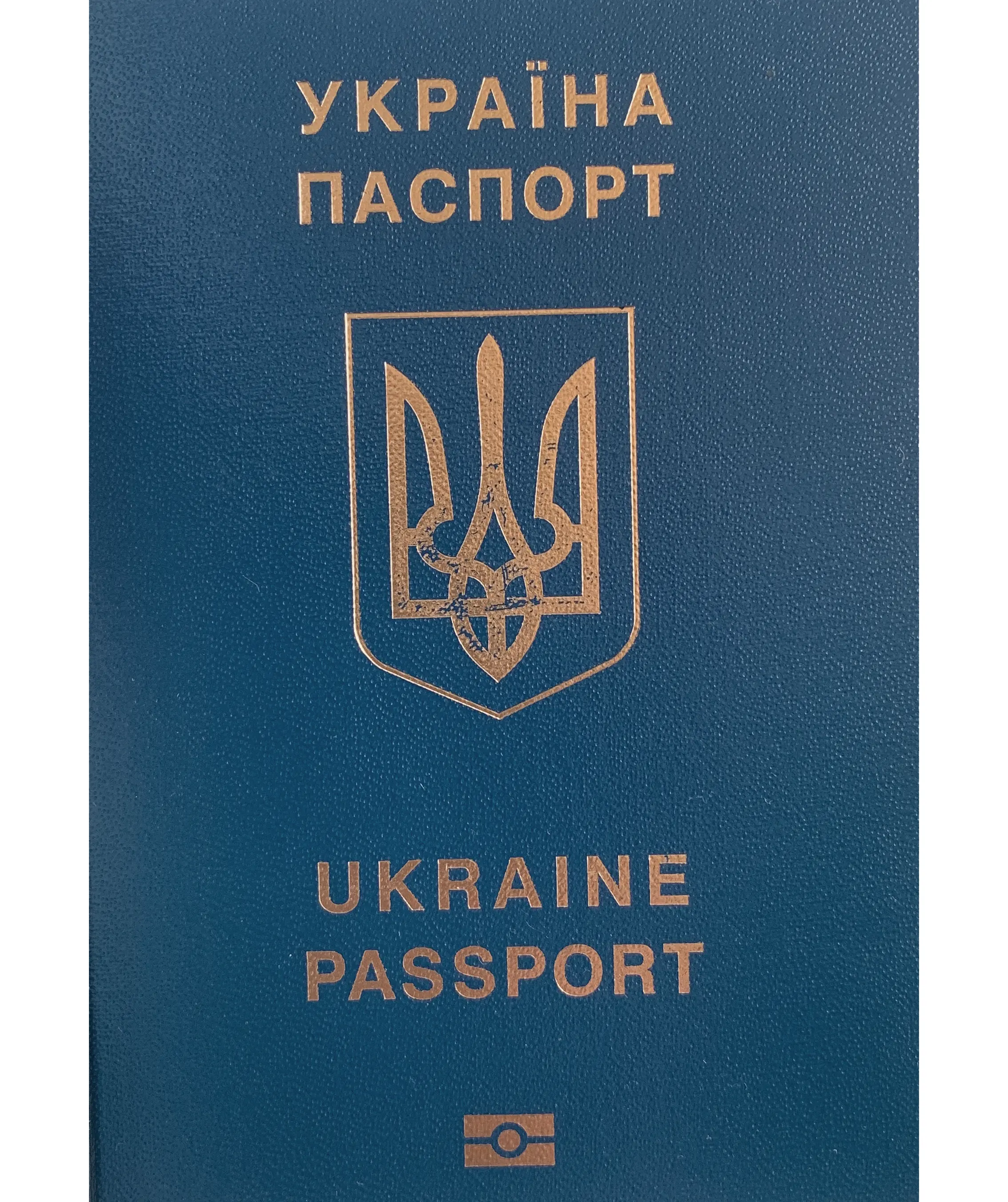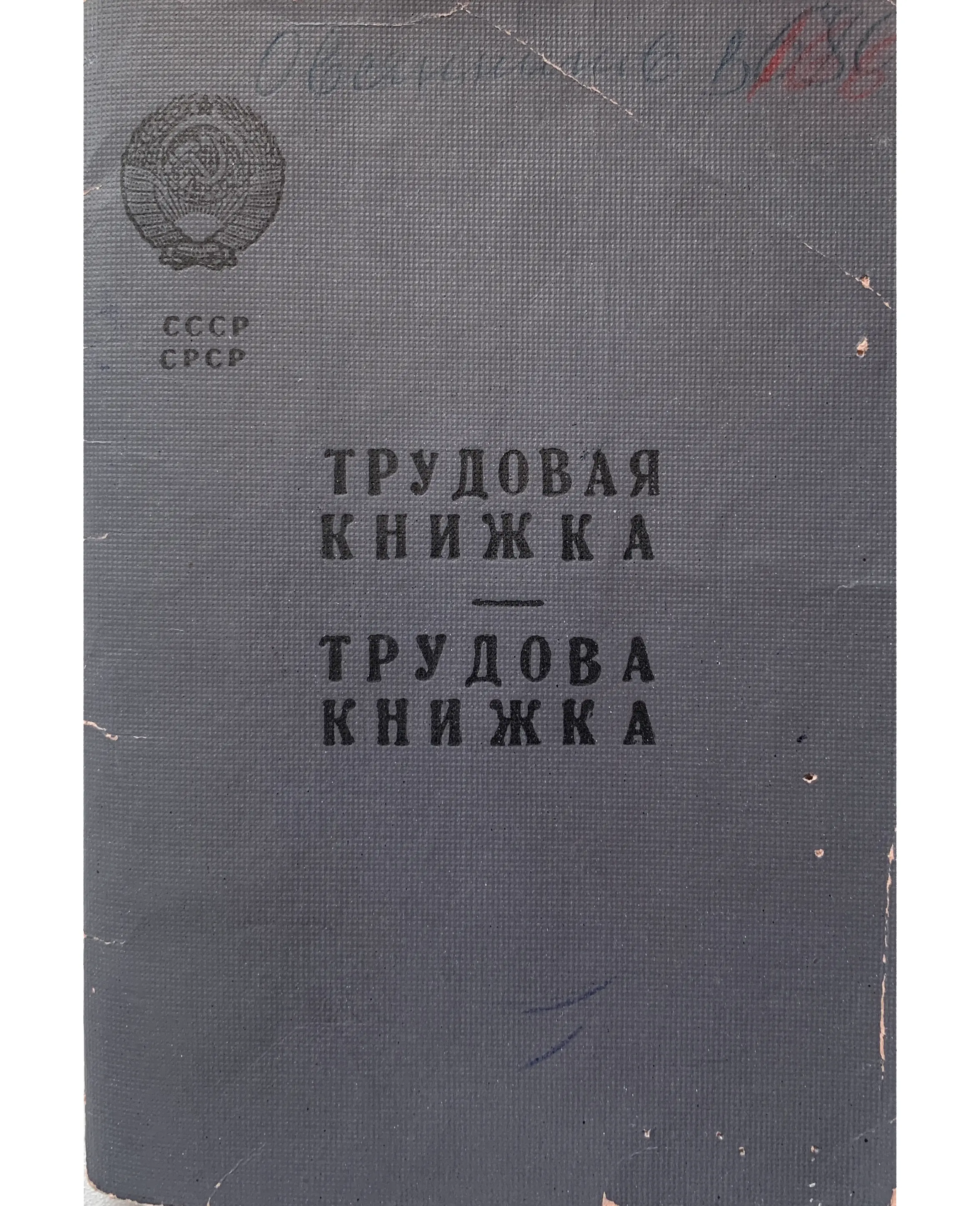Passports in History and Memory
Passports are official travel documents issued by a government to certify a person's identity and nationality for the purpose of travel to and from foreign countries and access to consular assistance. Passports were already used in ancient Persia, but modern passports saw their origins in the travel documents issued since the beginning in the 19th century. However, in Europe most travel in the 19th century happened passport free. Passes however limited travel in colonial context passports. Passports were more systematically introduced during the First World War. With the creation of the League of Nations a wave of international standardization was put into place in the 1920s that peaked with the introduction of biometric passports in the 21st century.

Despite this drive towards global standardization in form, passports have different functions depending on time and place, and access to mobility is uneven.
In the safety of a stable country a passport is a document of registered citizenship and the opportunity for monitored travel, with the intention of return.
In an authoritarian regime, or a territory administered by an alien authority, the passport can secure the travelling registered citizen protection or become evidence to justify persecution and hostility.

In the ‘global’ stock exchange of transferable labour the passport is a document that administers the allocation of rights according to the needs of the hosting authority.
Visually, passports are also used to express national differences and create national identification invoking important episodes in national history. While many historic passports are no longer extant as they had to be returned upon expire, surviving ones in family collections offer insight into the connections between personal histories of travel and migration and the global histories of border controls.
